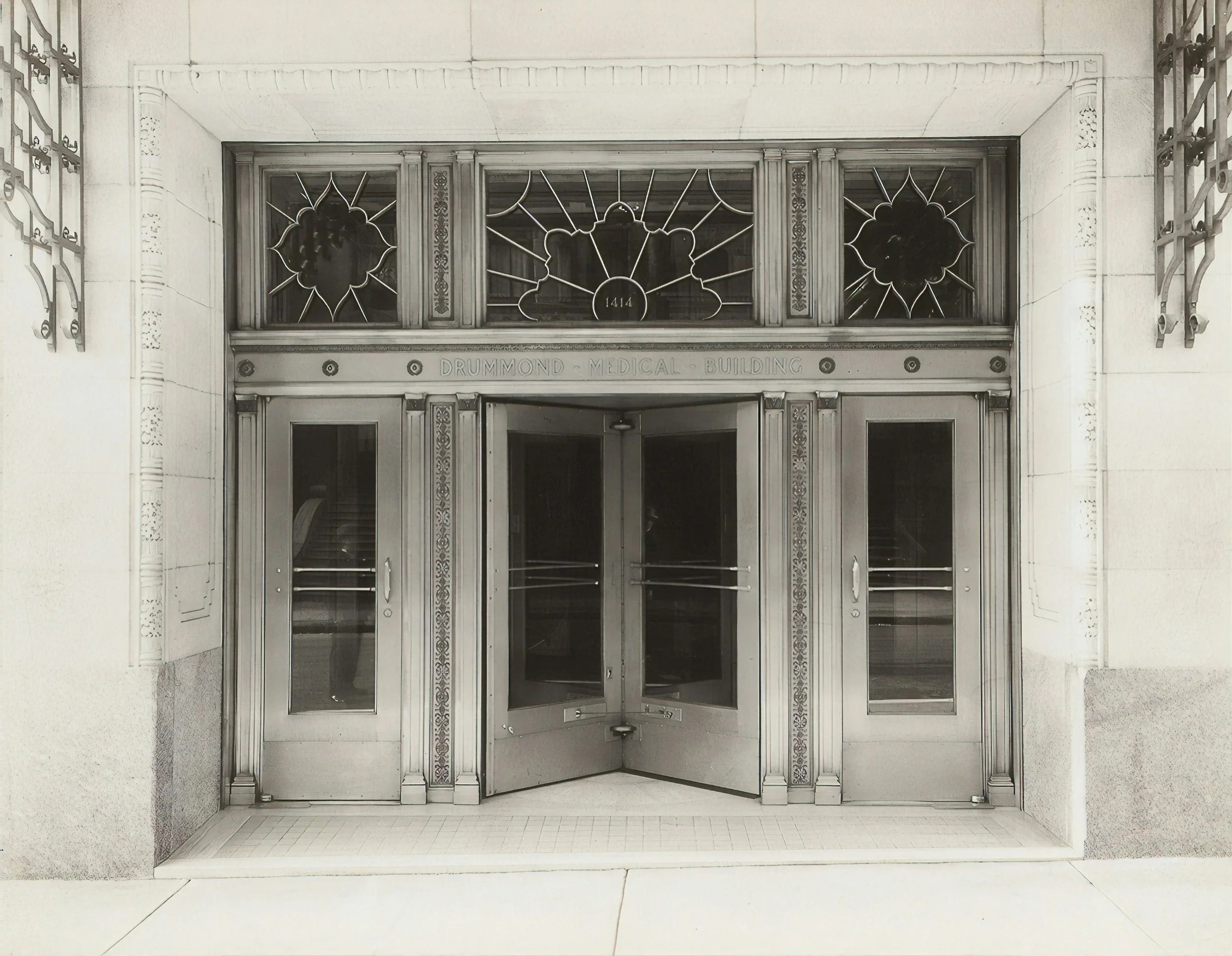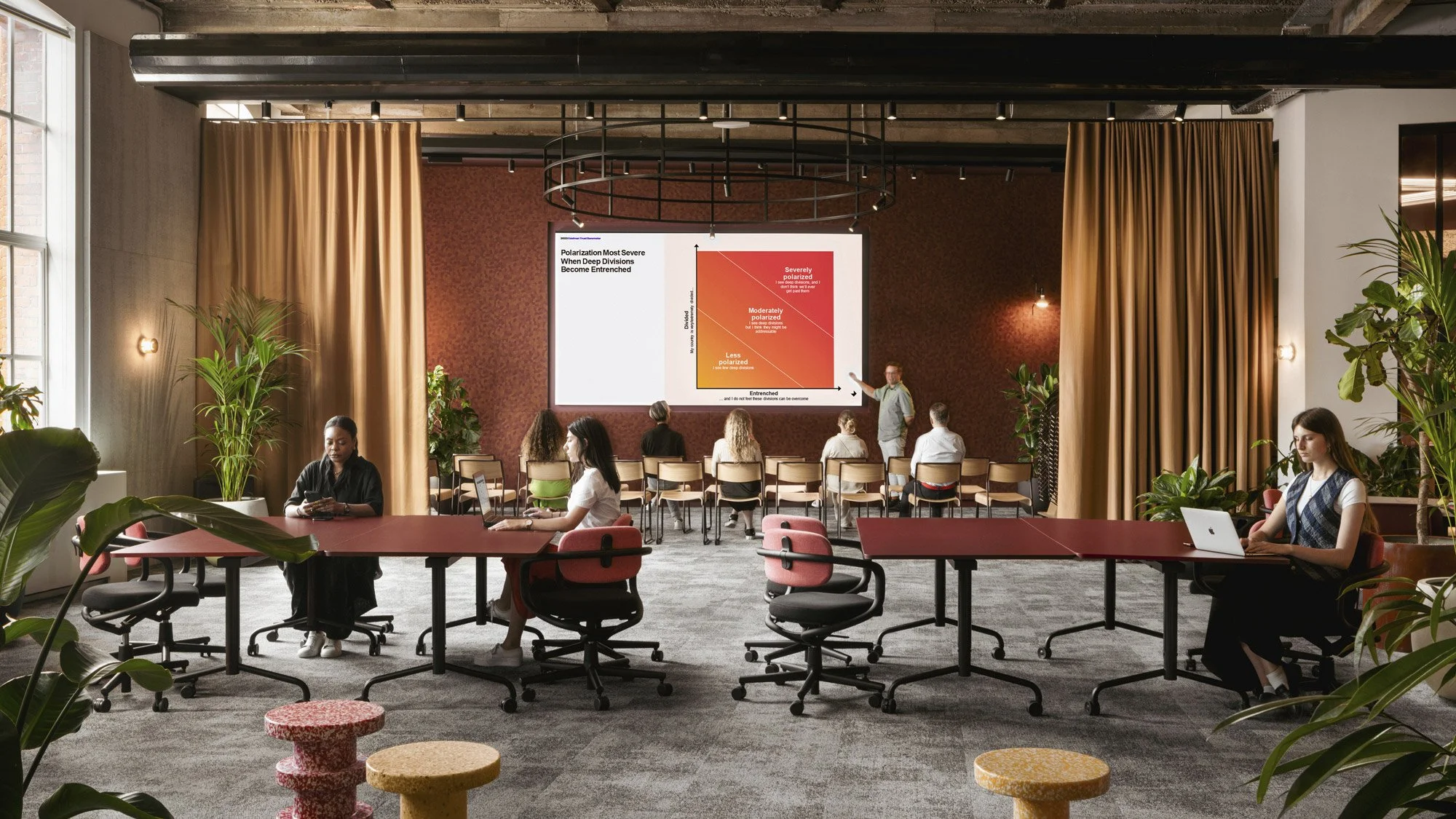How Wellness Fuels Creativity in Design
Yesterday, we had the pleasure of hosting SGA Reps and Source International at our New Orleans showroom for an inspiring CEU session led by Bethany Parks.
The course, “Chaos, Creativity, and Change: The Surprising Connection and Direct Link Between Creativity and Wellness”, explored how personal well-being and creativity are deeply connected and how that connection continues to shape the future of design.
Understanding the Wellness-Creativity Cycle
Building on the idea that well-being and creativity are linked, the discussion emphasized how they fuel one another in a continuous cycle.
When we experience wellness, whether through mental clarity, physical comfort, or emotional balance, we open the door to creativity. When that creativity is expressed, it naturally enhances well-being for others, sparking new ideas, connections, and solutions.
For interior designers, that relationship shows in a powerful way. When designers are in tune with their own well-being and creative flow, it shapes the spaces they create. Those spaces then influence how others feel, think, and interact. In balanced, inspiring environments, people are able to think more clearly and solve problems for others— especially in fields like healthcare, hospitality, and education, where design has a visible impact on daily life.
The Science Behind Design and Emotion
Another key topic of discussion was neuroaesthetics, the study of how design impacts emotion and behavior. It explores how elements like color, form, light, and texture all influence how people feel and respond within a space.
It’s not exactly new information that our surroundings affect our mood. For instance, it’s already been studied that color can completely shift how we feel in a room: greens and blues tend to calm, warm tones like red or yellow can energize but also overwhelm, and darker shades such as black or deep purple can feel heavy or intense.
Most people understand this connection on some level, but designers experience it much more acutely. They notice how every choice, from lighting to materiality, changes how people think, move, and interact in a space.
Research is now catching up to what designers have always known. Studies in neuroaesthetics reveal how deeply our environments influence both the mind and the body, giving scientific weight to what designers have intuitively practiced for years. These findings highlight just how powerful thoughtful design can be— showing that the environments we create have a measurable impact on how people feel, think, and function every day.
History even reflects this link between creativity and wellness. Bethany explained that while the Art Deco movement began around 1908, it didn’t truly take hold until the 1920s, following the Spanish Flu pandemic. Its bold geometry, rich color, and sense of optimism mirrored a cultural desire for renewal. Even then, design became a way to express collective healing and forward movement, proof that creativity often flourishes after uncertain times.
Why It Matters
This presentation served as a reminder that design has a real and lasting impact on people’s lives. Thoughtful design doesn’t just support the creation of beautiful spaces— it actively shapes how people live.
When designers experience their own creativity and well-being, that energy naturally extends to their work. It’s reflected in the spaces they design and felt by the people who experience them. Those individuals then carry that same sense of balance and inspiration into their own work and communities, creating a ripple effect of meaningful problem-solving and innovation.
Across every industry— healthcare, education, hospitality, or the workplace— design shapes how people feel and function. When creativity and wellness work together, they don’t just make spaces look better; they make life better.
Continued Reading
This session wrapped up with great recommendations for anyone looking to explore the connection between creativity and wellness further. Each book offers a unique perspective on how to strengthen creativity, challenge old patterns, and design more intentional lives, reminding us that creativity isn’t limited to art or design but is a mindset that supports growth, adaptability, and well-being.
Recommended reads include:
Big Magic by Elizabeth Gilbert
Think Again by Adam Grant
The Artist’s Way by Julia Cameron
Designing Your Life by Bill Burnett and Dave Evans
A Special Thanks
We’re grateful to SGA Reps and Source International for bringing this inspiring CEU to our community and to Bethany Parks for leading such a thoughtful and engaging discussion. Conversations like this remind us how important it is to stay curious, keep learning, and share ideas that strengthen the design community.
At Workplace Solutions, we’re proud to include Source International in the range of solutions we offer. Their furniture reflects the same principles highlighted in this CEU— intentional design, comfort, and simplicity that support wellness and creativity in any environment.
Source focuses on crafting pieces that feel good to use and are easy to love. Their clean lines, attention to detail, and timeless aesthetic bring warmth and flexibility to commercial spaces while promoting connection and collaboration. We’re always excited to help designers and clients explore how Source can elevate their projects and enhance the way people work and live.
Interesting in having us host a CEU in our showroom or want to connect with our team to explore design solutions? Reach out to start the conversation.






